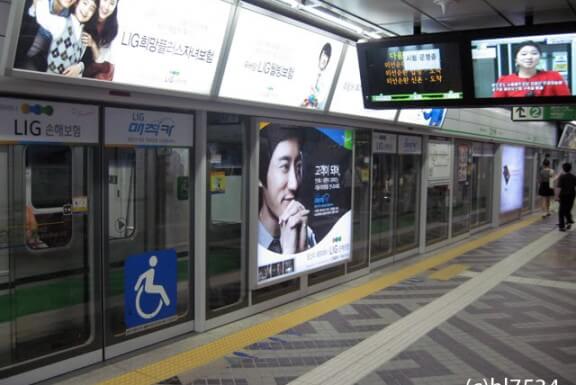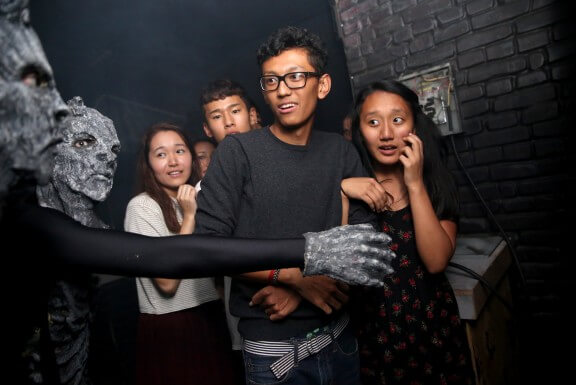 The High Line Park has brought luxury stores and high-rises. Credit: Getty Images
The High Line Park has brought luxury stores and high-rises. Credit: Getty Images
When Melva Max and her husband Jean-François Fraysse opened their restaurant La Lunchonette on a remote corner of 10th Avenue and 18th Street in far west Chelsea in 1988, it was a different world. The Meatpacking District was the domain of sex workers, sex clubs, and meatpacking plants. The High Line was a derelict rail bed covered in weeds. Now, 26 years later, this is one of the most expensive neighborhoods in New York City, filled with luxury chain stores and luxury high rises. The sweeping change of hyper-gentrification happened in the blink of an eye—and it is forcing La Lunchonette to shutter.
“The neighborhood is so gross now,” Melva says. “It’s all tourists coming for the High Line. People always say, ‘But wasn’t it great for you?’ The High Line has been the cause of my demise.”
Since the pricey park opened, Melva’s landlord’s phone hasn’t stopped ringing, and it’s always a real-estate developer on the other end. “My landlord’s not a bad guy, but how you can you say no to offers of $30 million?” He’s giving her until June 2015 and then she’s out of business.
When the High Line opened its first phase in 2009, critics raved while neighboring small business people looked on uncertainly, hoping the park would be a rising tide to lift all boats. That didn’t happen. By the time the High Line’s second phase opened in 2011, the small businesses in its shadow were dropping like flies, making room for massive, high-rise development exclusively for the global super-rich.
“People aren’t going to like me for saying this,” Melva says, “but it feels like Disneyland around here now. Everyone’s fighting the crowd to get to the next ride. People on the High Line look like lemmings, like they’re walking on a treadmill. They’re not even looking at the plants. They should sell t-shirts up there that say, ‘I Did the High Line.’”
But shouldn’t tourists be good for the local economy? Melva explains that, even though there’s a High Line staircase right outside her building, the tourists don’t come down. “They get off their big tour bus down at Gansevoort, walk to the end, and then the bus picks them up again. Most of them never get off the High Line.”
It’s really too bad because dining at La Lunchonette is an absolute pleasure—and a rare experience. The music is soft–Miles Davis, Edith Piaf–and the rooms are cozy. The food is good—try the lamb sausages and carrot-pumpkin soup. And then there is Melva’s warmth, her kind voice asking, “How’re you doin’ Honey?” as she refills your glass. In a city increasingly populated with iZombies, at La Lunchonette you feel like you’ve rejoined humanity, and it feels good.
Jeremiah Moss is the award-winning author of Jeremiah’s Vanishing New York (vanishingnewyork.blogspot.com). His writing on the city has appeared in many publications, including The New York Times, The Daily News, and online at The New Yorker and The Paris Review. He has been interviewed in major newspapers around the globe.






















